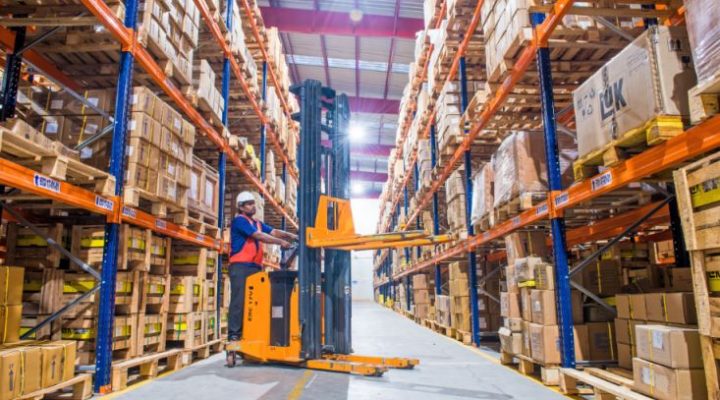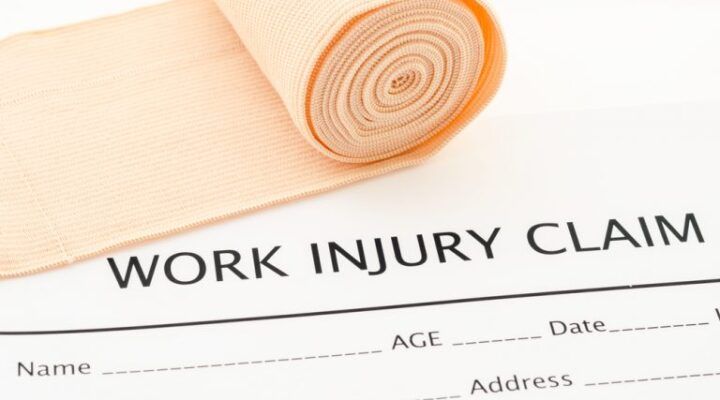Technological improvement and cost-saving demands have now placed robotic employees in the workforce. Amazon, and other companies, are employing robots that are essentially co-workers with humans. Human employees have suffered work injuries as a result of these robot/human interactions. These work injuries fall within workers’ compensation coverage and entitle the human workers to receive both medical treatment and compensation.
This article will discuss robots in the workplace, an article entitled “Primed For Pain,” and what an Injured Worker should do if they sustain an injury as a result of working with robotic co-workers.
What Types of Activities Do Robots Perform?
Robots in the Amazon Warehouses perform “the laborious task of stowing new merchandise on shelves and picking merchandise for assembling customer orders.” “Primed for Pain.”
Was There Injury Problems with Amazon Warehouses?
Yes. “Amazon’s sortable facilities with robotic technology had a serious injury rate of 7.9 per 100 workers, more than 54 percent higher than the serious injury rate at non-robotic sortable facilities in the same year.” “Primed for Pain.”
In other words, the addition of the robots created hirer rates of injury.
What Types of Activities Do Robots Perform?
It is reported that the robots in the Amazon Warehouses perform “the laborious task of stowing new merchandise on shelves and picking merchandise for assembling customer orders.” “Primed For Pain.”
How Do Robot/Human Injuries Occur?
it was noted that a theory of injury involves the work pace. The issue is that robots and humans work at different paces. For example, humans, at the beginning of a shift may be physically stronger than at the end of a shift. Robots, on the other hand, are able to work at the same pace during the work-shift. Thus, the slowing down may be a source of injury. “Primed for Pain.”
Further, as robots perform repetitive motions, human workers may be required to match the moves. This may include performing repetitive activities that may be performed in a non-ergonomic fashion. Supra.
Are There Other Sources of Compensation For Robot-Related Injuries?
There is a possibility of pursuing a product’s liability case. This would depend upon who manufactured the robots. Additionally, if the robots are serviced by an outside provider, a possible negligence action may be a possibility.
What If I Need Advice?
If you would like a free consultation regarding workers’ compensation, please contact the Law Offices of Edward J. Singer, a Professional Law Corporation. We have been helping people in Central and Southern California deal with their workers’ compensation cases for 27 years. Contact us today for more information.

